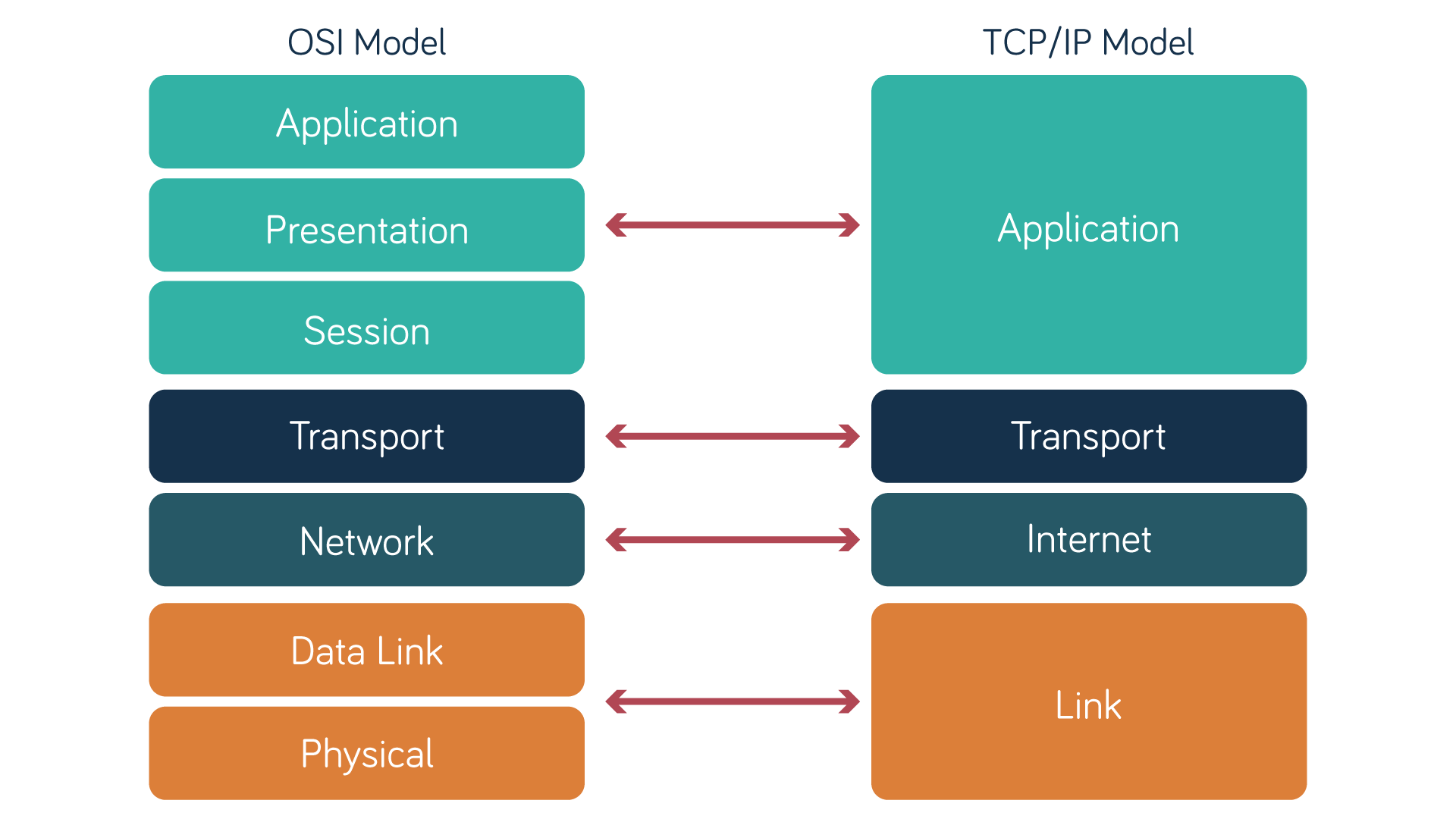Understanding the OSI Model: A Beginner's Guide
 Tambadkar Rohit Yashwant
Tambadkar Rohit YashwantOSI (Open System Interconnections) :
It is a network architecture model based on the ISO (international standard organization). It is called the OSI model as it deals with connecting the systems that are open for communication with other systems. The OSI model has seven layers.
It is blue print of communication.
Types of OSI layer :
1. Application Layer🌐 :
Application layer provides several protocols which allow any software to easily send and receive information and present data to user.
It is also know as user interface layer.
Examples : HTTP/HTTPS 🌍, FTP (File Transfer Protocol) 📂, SMTP (Email protocol) 📧
2. Presentation Layer🎨 :
It takes data from the application layer and set in the respective format.
The presentation layer is also known as a Translation layer as it translates the data from one format to another format.
Examples : SSL/TLS encryption 🔐, Data encoding (ASCII, Unicode) 📝, Compression (JPEG, MP3) 🎵📷
3. Session Layer🛎️ :
It give starting and ending time to each and every process. (time management). control the dialogs between computer.
Types of dialogs controls :
Simplex : One way communication. Ex. TV📺, FM📻.
Half duplex : Sending and receiving both we can do but at a time one. Ex. Walkie-talkie📟.
Full duplex : Sending and receiving both we can do but at a one time. Ex. Cell phone📱.
Session layer also reports the error coming from the upper layers.
Examples : Remote procedure calls (RPC) 📞, Logins & authentication 🔑.
Application, Presentation, session Layer is also know as Upper layer.
(Data is remain data).
4. Transport Layer🚚 : (Segment)
Transport layer our data breaking small small piece and every data its two tag information.
Uses segmentation, flow control, and error handling.
Two main protocols:
TCP (Transmission Control Protocol) – Reliable, connection-oriented, with acknowledgement, full duplex.
UDP (User Datagram Protocol) – Faster, connectionless, without acknowledgement.
Examples : TCP & UDP protocols 🔀, Port numbers 🎯.
Source port number | Destination port number | Piece of data |
5. Network Layer 🌍 : (Packet)
It is always working ethernet network (Lan). It totally depends on operating system.
Network layer converts the logical address into the physical address.
Determines the best path for data transmission.
Examples : IP addresses 📍, Routers 🛤️, IPv4 & IPv6 🌍.
Source IP address | Destination IP address | Routing best path | Segment |
6. Datalink Layer🔄 : (Frame)
It is used for transferring the data from one node to another node.
Uses MAC (Media Access Control) addresses for communication.
Responsible for error detection & correction.
Examples : Switches 🖧, MAC addresses 📛, ARP (Address Resolution Protocol) 🔄.
| Source MAC addresses | Destination MAC addresses | Packet | FCS (Frame check sequence) |
7. Physical Layer⚡: (Bits)
It’s check flow control and also (Topology) frame convert in bits format.
It is used for the transmission of an unstructured raw bit stream over a physical medium.
Examples : Ethernet cables 🧵, Fiber optics 🌐, Radio frequencies 📡.

Why is the OSI Model Important?
Helps in troubleshooting network issues standardizes network communication across devices. improves security and performance. aids in understanding protocols and their roles.
In this post, we explored the OSI model’s seven layers and their roles in networking. Mastering this concept is essential for troubleshooting, designing networks, and enhancing security.
conclusion
The OSI model is a fundamental framework for understanding network architecture and communication. By breaking down the complex process of data transmission into seven distinct layers, it provides a clear blueprint for how different networking protocols and technologies interact. This model not only aids in troubleshooting and designing efficient networks but also enhances security and performance. Mastering the OSI model is essential for anyone involved in networking, as it offers valuable insights into the roles and functions of various protocols, ultimately leading to more robust and reliable network systems.
Subscribe to my newsletter
Read articles from Tambadkar Rohit Yashwant directly inside your inbox. Subscribe to the newsletter, and don't miss out.
Written by

Tambadkar Rohit Yashwant
Tambadkar Rohit Yashwant
Learning DevOps Engineer passionate about cloud computing, containerization, and automation. Currently exploring Docker, AWS, and CI/CD pipelines to build scalable and efficient workflows. Documenting my learning journey in blog. stay tuned with me for learning.